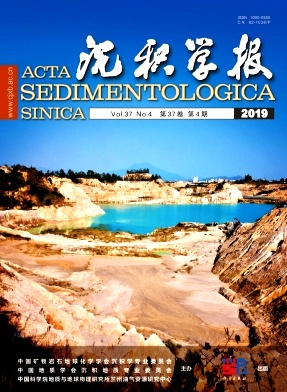Identification of Sedimentary Responses to the Milankovitch Cycles in the K2qn1 Formation, Gulong Depression
doi: 10.14027/j.issn.1000-0550.2018.178
- Received Date: 2018-08-08
- Rev Recd Date: 2018-10-09
- Publish Date: 2019-08-10
-
Key words:
- Milankovitch cycle /
- lacustrine fine-grained sediments /
- sedimentary response /
- K2qn1 Formation /
- Gulong Depression
Abstract: The great thickness of deep-water fine-grained sedimentary rock in the K2qn Lake,Songliao Basin,offers the potential for very large-scale unconventional oil and gas exploration. Spectral analysis and wavelet analysis were used in a study of the Milankovitch cycle recorded in the K2qn1 Formation. The sedimentary paleoenvironment and its response to the Milankovitch cycle for the deep-lake facies in the Gulong Depression,Songliao Basin,were analyzed by whole-rock X-ray diffraction to determine geochemical elemental data. The formation responses to the Milankovitch cycle were established,revealing four-stage Milankovitch cycles in the K2qn1 Formation:68 meter-scale cyclic se-quences,25 level-V Milankovitch cycle sequences,6 level-IV Milankovitch cycle sequences,with one stage-Ⅲ cy-cle sequence interface. The lacustrine sedimentation in the K2qn1 Formation was mainly controlled by a short-term ec-centricity of 128 ka and a slope of 48 ka. The sedimentation environment indicates that the climate changed from dry to wet,with increasing water depth,reductive enhancement,and decreasing salinity. The combination of the six envi-ronments indicates the relationship between the thick shale lithology and the sedimentary environment. The layered gray mudstone deposited in a warm, humid climate is conducive to the development of oil shale formation.
| Citation: | YANG Xue, LIU Bo, ZHANG JinChuan, HUO ZhiPeng. Identification of Sedimentary Responses to the Milankovitch Cycles in the K2qn1 Formation, Gulong Depression[J]. Acta Sedimentologica Sinica, 2019, 37(4): 661-673. doi: 10.14027/j.issn.1000-0550.2018.178 |






 DownLoad:
DownLoad: